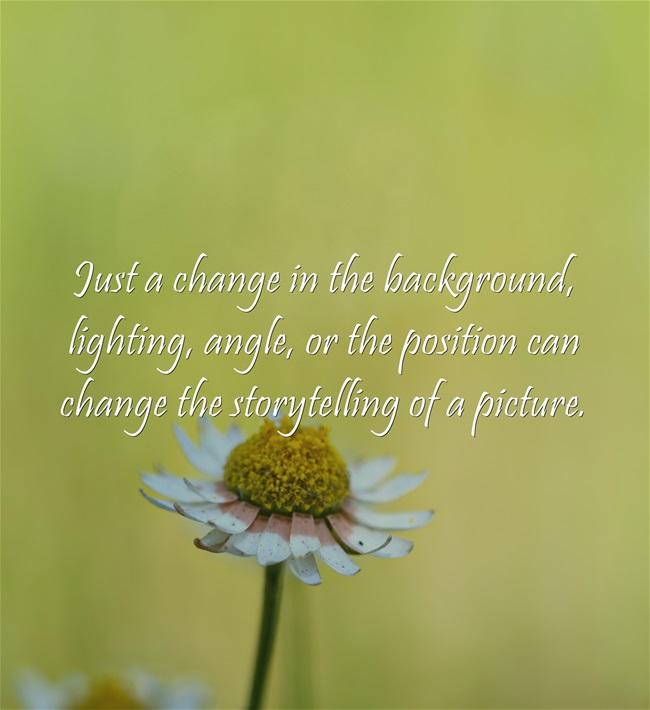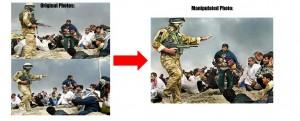Adding Magic to Photos


by Rosalyn Ng, ninth grade contributing reporter
In today’s society there are so many social medias such as; instagram, twitter, etc… Many people add filters and manipulate their pictures in just a second.
Just a change in the background, lighting, angle, or the position can change the storytelling of a picture. Even putting two pictures into one can change the scenario.
During the Gulf War II, Brian Walski, a LA Times photographer, was sent out to take pictures to post on the LA Times.
“Walski, by telephone in southern Iraq, acknowledged that he had used his computer to combine elements of two photographs, taken moments apart, in order to improve the composition,” Kenneth Irby said.
Later when finding out about Walski’s manipulation of the photo that was posted on the LA Times, he then was fired.
“A photo should tell the ‘truth’ standing on its own. By manipulating a photo it totally changes the point of view and the story behind a picture. A picture says a thousand words and tells thousands of stories as well,” freshman Sady Franco said.
After Walski was fired, he emailed the entire photography staff of the Times admitted his failure and acknowledged his responsibility for it.
“This was after an extremely long, hot and stressful day but I offer no excuses here. I deeply regret that I have tarnished the reputation of the Los Angeles Times, a newspaper with the highest standards of journalism, the Tribune Company, all the people at the Times and especially the very talented and extremely dedicated photographers and picture editors and friends that have made my 4 and a half years at the Times a true quality experience,” Walski said in his email.
“I have always maintained the highest ethical standards throughout my career and cannot truly explain my complete breakdown in judgment at this time. That will only come in the many sleepless nights that are ahead,” Walski continued.
On March 31, 2003, the photo was posted on the LA Times and Walski faced his consequences of the manipulation the next day. He has lost everything; trust, job, and many things he had in life before he made a mistake on the LA Times.
“I f—ed up, and now no one will touch me. I went from the front line for the greatest newspaper in the world, and now I have nothing. No cameras, no car, nothing,” Walski said.
